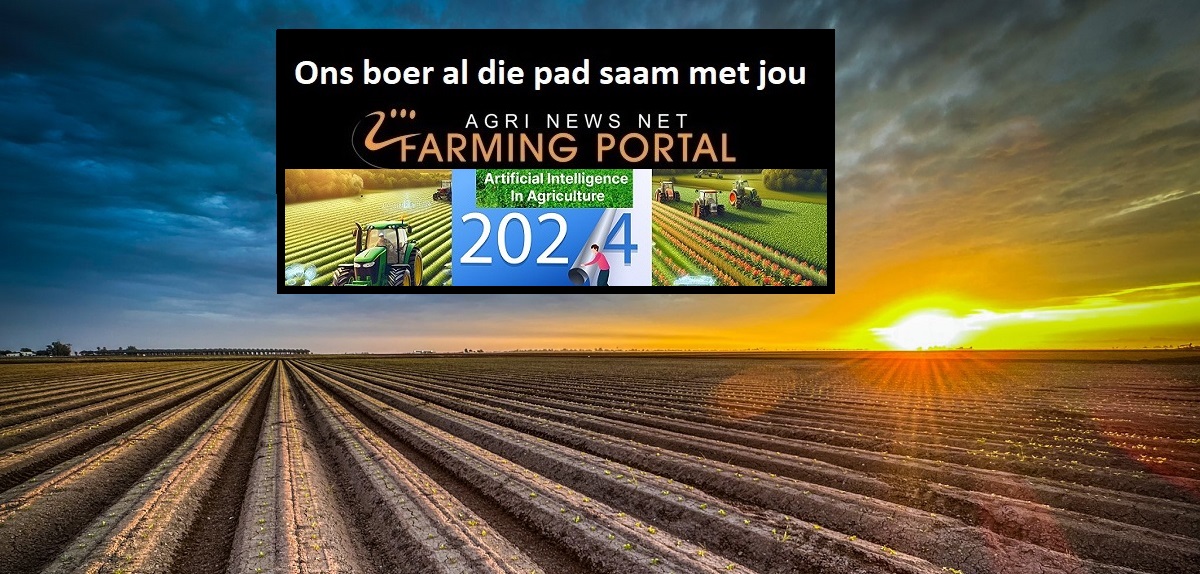According to University of Illinois Urbana-Champaign researchers, communication channels play an important role in farmers’ decision-making process around technology adoption. A new study in the journal Agriculture looks at how traditional media, social media, and interpersonal meetings influence soybean farmers in the U.S. and Brazil, both world leaders in soybean production.
“Like everyone else, farmers are inundated with a constant flow of information, and new technologies appear all the time. However, the role of communication, as it impacts broader adoption decisions, is somewhat understudied,” said lead study author Joana Colussi, an instructor and postdoctoral research associate in the Department of Agricultural and Consumer Economics, part of the College of Agricultural, Consumer and Environmental Sciences (ACES) at Illinois.
Colussi and her coauthors, faculty in ACES and at the Federal University of Rio Grande do Sul in Brazil, surveyed 801 soybean farmers in the biggest soybean growing regions of Brazil and the U.S. to learn what digital technologies they’re using, how beneficial they are, and what communication channels they rely on in deciding to adopt those tools.
As documented in previous studies, survey respondents in the U.S., on average, used more digital technologies — including autosteer, yield monitors, sprayer control systems, and more — than farmers in Brazil. Colussi says that pattern likely reflects the longer availability of precision technologies in the U.S., where most of them were developed.
In both locations, survey respondents felt digital technologies were influential in decision-making and beneficial for farming outcomes, especially regarding the potential for increased efficiency and profitability.
The researchers asked survey respondents to rate the influence of various communication channels on their adoption of digital technologies. In general, both Brazilian and U.S. farmers rated interpersonal meetings, such as field days, conferences, and conversations with Extension agents, retailers, and neighbors above mass media and social media. Brazilian respondents rated social media higher than U.S. farmers and higher than mass media channels.
“Even though social media is increasing in relevance, our results suggest interpersonal meetings are still very important,” Colussi said.
After examining the respondents’ self-reported patterns, the researchers performed a correlation analysis to reveal how much influence each communication channel had on actual adoption patterns in the survey sample.
“The self-reported results show the relevance producers attributed to each communication channel. On the other hand, correlations show the level of association between the technologies adopted and different communication channels analyzed. However, it is important to point out that these relationships between different variables do not imply causality,” Colussi said.
 5 Ways AI Technology Will Improve Agriculture in 2024
5 Ways AI Technology Will Improve Agriculture in 2024
Correlations between communication channels and the decision to adopt various technologies differed in the two countries. For example, the use of yield monitors in Brazil correlated most strongly with LinkedIn, then conversations with neighbors, then cable television. In the U.S., yield monitors were most closely correlated with YouTube, followed by peer groups, then websites and blogs.
LinkedIn was correlated with the adoption of digital technologies most often in Brazil, while YouTube was more influential in the U.S. Overall, the results showed that social media was more influential among Brazilian farmers than American respondents.
Colussi says these patterns may reflect the demographic makeup of survey respondents. In general, the population matched the farming public in both regions, with Brazilian farmers skewing younger and farming more land than U.S. soybean growers.
“We have demographic differences in our sample that are consistent with the realities of agriculture in both countries,” Colussi said. “Younger people and older generations have different habits in terms of which communication channels they rely on. Regarding tech adoption, we know that older people are sometimes more traditional in terms of risk while younger farmers are sometimes more open to adopting new technologies.”
The study could inform the tactics tech companies use to reach potential customers and increase the overall uptake of digital tools. “With a clearer understanding of the role of communication in farmers’ technology adoption, it should be easier to address the persistent lack of understanding surrounding smart farming technologies in agriculture and consequent low adoption rates.”
It won’t be as simple as advertising on LinkedIn in Brazil or YouTube in the U.S. That’s because, Colussi says, technology adoption is a complex process that occurs over time.
“Let’s say I’m a farmer, and I see information about a new chemical or a new machine show up on my Instagram or LinkedIn feed. I might think, ‘Hmm, what is that?’ It’s not likely I will decide to put my money in this machine solely because I saw it in a reel, but I might be curious. Then later, I might see it again while watching an advertisement on television or reading a magazine. It might reinforce that curiosity, and that might make me decide to talk with my neighbors, retailers, or specialists,” Colussi said. “It is important to understand that every channel plays a different role in the diffusion of an innovation.”














